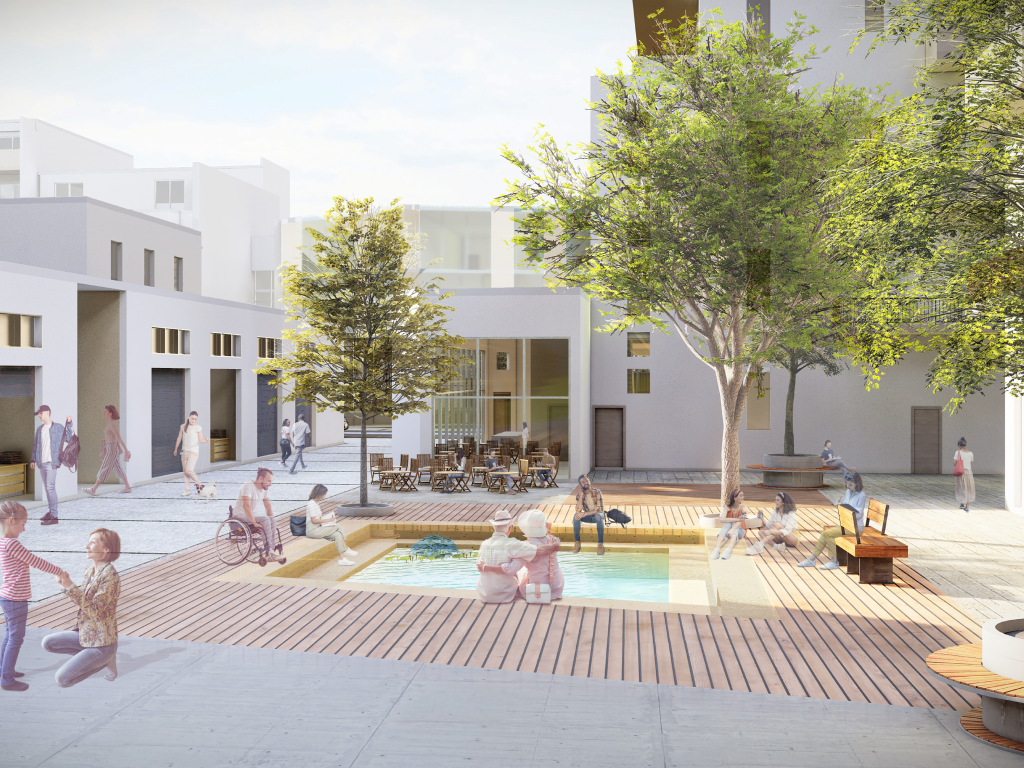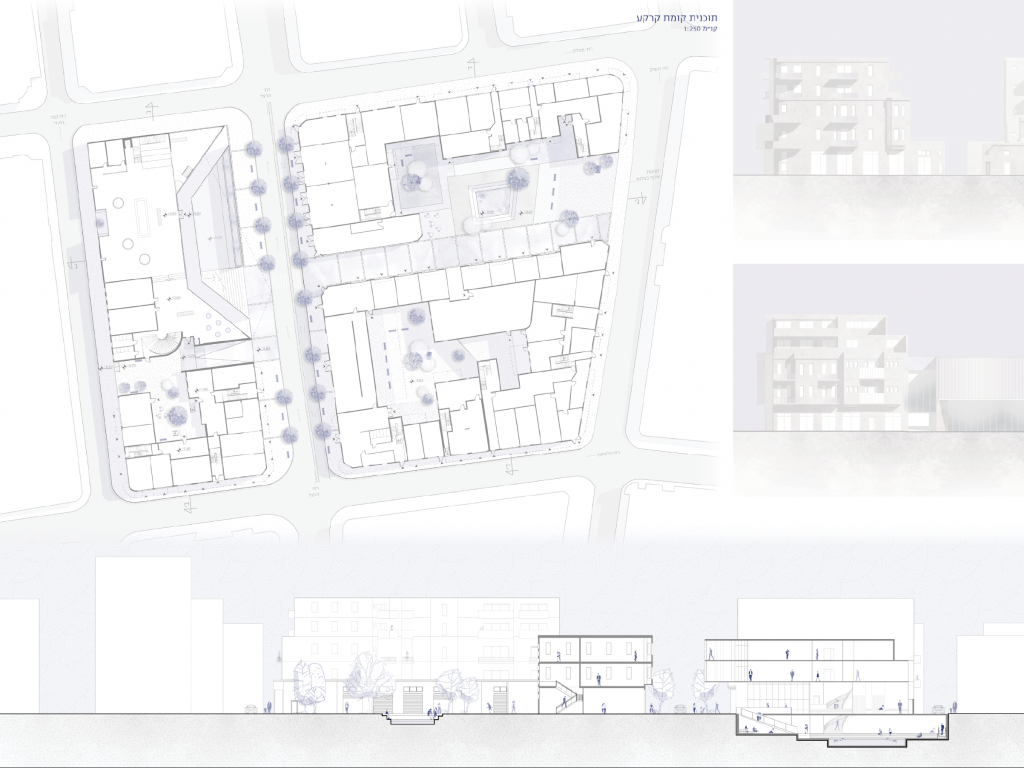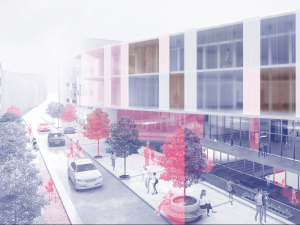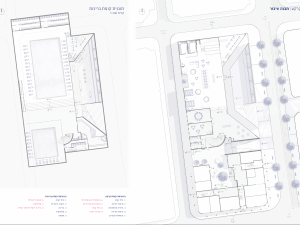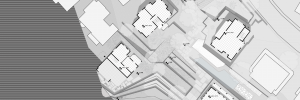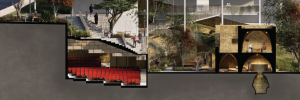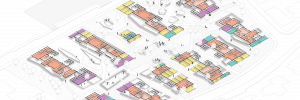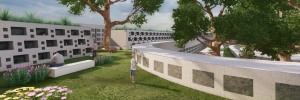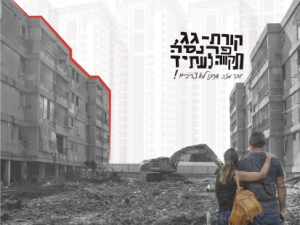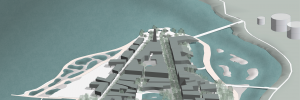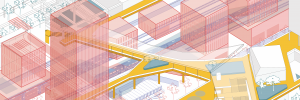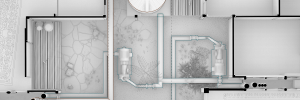Urbanism on the Spectrum
Planning spatial alternatives that will enable the integration of the autistic people with the rest of the city’s populations.
In recent decades, there has been an increase in the number of people diagnosed with autism in Israel and around the world. An autistic person perceives the world differently – not better, not worse, just differently. He may sometimes feel difficulty and fear in society and space, and accordingly avoid interacting with his environment, given that the environment is not designed with sensitivity to his challenges. Autistics, across all parts of the spectrum, face challenges in social dynamics as well as in living in urban space. They are not harmoniously integrated in either the city or society.
Accordingly, they sometimes avoid certain actions, and thus their integration into society as well as their independence may decline.
In this project I wish to change the essence of planning, as part of a new concept of a culture accessible to and adapted for autistics, to create a variety of urban options for integration in the city and society, and to maximize the personal independence of each person in the space.
For a site to examine this issue, and to offer innovative urban planning, I chose the neighborhood of Florentine in Tel Aviv. The neighborhood has the urban infrastructure for an inclusive living environment and is in the process of urban renewal; thus it provides an opportunity for renewal and change.



